#house of evangelista
Text

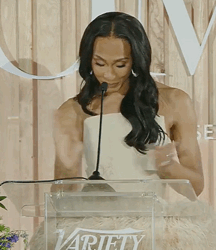


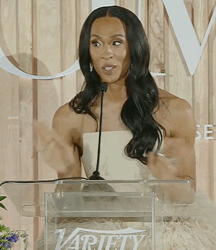

Michaela Jaé (MJ) Rodriguez at Variety’s Power of Women event✨💕
#mj rodriguez#pose fx#poseonfx#pose#pose on fx#pose cast#lgbtq#house of evangelista#fxnetworks#fx networks#michaelajae
28 notes
·
View notes
Photo
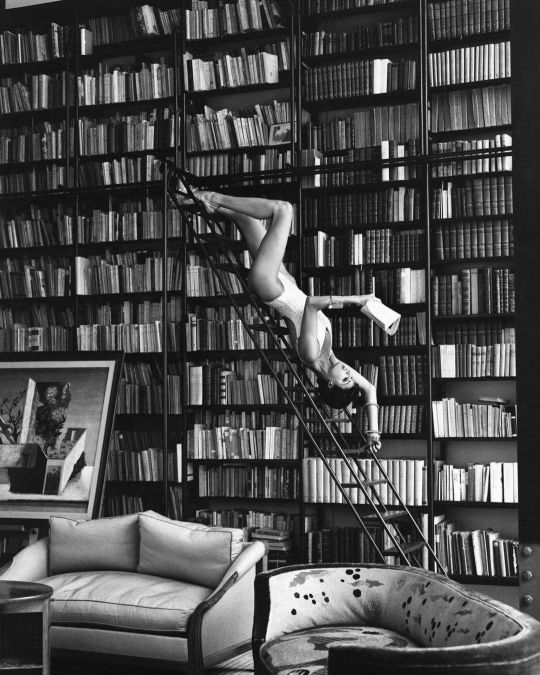
#pierre chareau#maison du verre#paris#france#house#home#library#linda evangelista#steven meisel#1992
241 notes
·
View notes
Text

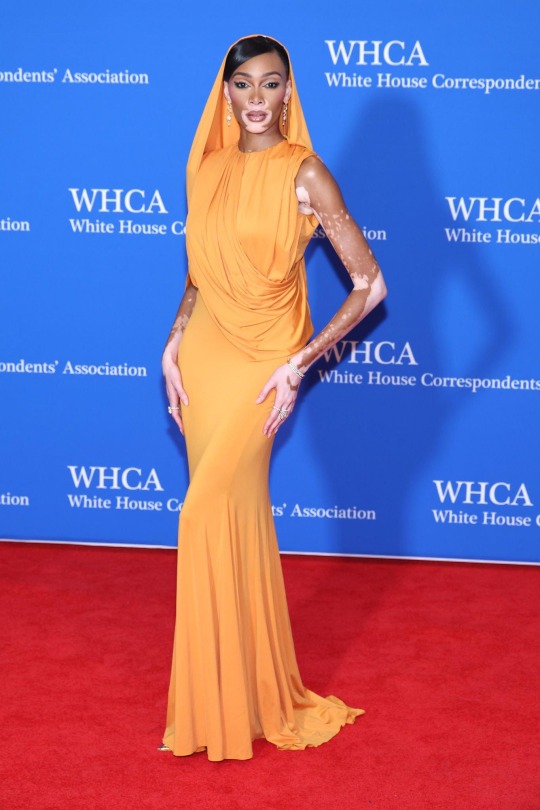
Maura Judkis, The Washington Post.
Winnie Harlow attends the 2023 White House Correspondents' Association Dinner in Washington, DC. Photographed by Paul Morigi.
#when linda evangelista said i can do anything for you as long as i don’t have to speak. the supermodel isn’t dead?#winnie harlow#she’s like a tertiary character in a cold war novel here i love it#paul morigi#white house correspondents dinner#models#model#supermodel#altuzarra
26 notes
·
View notes
Text

last pride post for the bffs 🤲🤲🤲
#in a love hate relationship w this bc ive been working on it on and off all month but doing it for them 🤲🤲#my best friends!!!!!!!!!#kelsey pokoly#craig of the creek#charlie spring#heartstopper#angel evangelista#pose#luz noceda#the owl house#jim jimenez#our flag means death#kodama sakuko#koisenu futari#lgbt#lgbt characters#pride#pride month#pride 2022#queer#art#my art
46 notes
·
View notes
Text
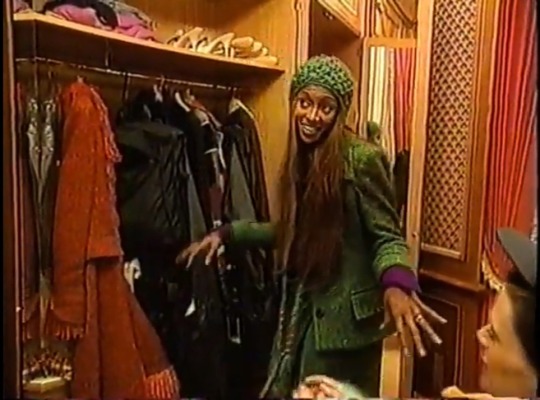
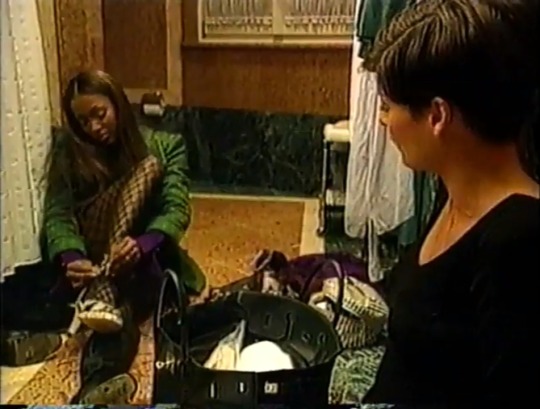


Naomi Campbell & Linda Evangelista on Mtv House of Style 1992
#naomi campbell#linda evangelista#90s#80s#00s#supermodel#90s supermodels#mtv#house of style#cindy crawford#1992
9 notes
·
View notes
Text
there's always a mysterious beauty which my physical body couldn't really grasp in a woman whose mind is mostly enganged in being a loving homemaker. the beauty is just there, surrounding her like a veil. may God grant me the means, the privilege and everlasting blessing.



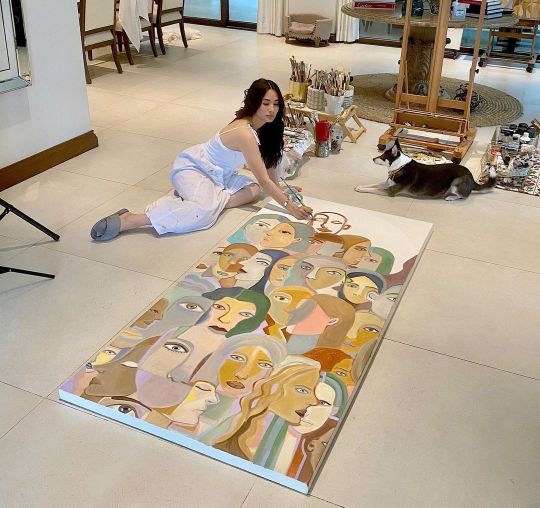


with that being said, i miss the old Heart Evangelista.
3 notes
·
View notes
Note
Dear Respect the Petty,
I have long enjoyed your posts about colors etc (like, to the extent that when you went on vacation I was legit sad), but I don't usually notice those details in shows by myself.
However, today, in Only Friends ep 4, something was so blatant that I finally picked up on it, and I have a question.
When Ray came to apologize to Mew for kissing him without consent, Mew was in the kitchen in this warm lighting, whereas Ray quickly moved into a dark blue space. The contrast was wild. And then Mew came closer to Ray and hung out in this half-and-half space with some blue on him.
I'm proud of myself for noticing something, but I don't know what it means about these boys/their colors/their mental states/their relationship.
Got any thoughts?
Thanks for sharing your insights (about this and also in general)!
@sorry-bonebag, this ask was so formal in structure, that I got a little scared. I felt like I had to answer it even though I have no less than ten other asks chilling in my inbox about the colors in Only Friends. But, honest moment here - I don't notice the colors when Khaotung is on my screen because I'm mesmerized by his beauty.
Like, LOOK at him!

I didn't even know what color that background was because my sight stopped at his face, and yellow is my favorite color! The jawline, the hair, the lips, the face, THE MAN! LOOK AT HIM!
So unlike Boston and Nick, who favor being in the dark together



Even when they have the opportunity for light, (God, I love their toxic asses)

I don't recognize color when Ray enters the room, not really at least. Of course, I noticed my little red flag being a demon ruining Sand's night by stalking him and breaking Sand's bottles, but only because Ray's lips really popped with that red background.

Just like the bar sign really made his lips pop that other time he was ruining Sand's night by suggesting a threesome at his house.

And because I like Boss "No Boundaries" Ton being lit up with the red lights while looking at photos, I did notice the transition into Ray's room focused on the red which then shifted to Ray pouring drinks.

But it's really because the opening credits only show the bar, the photos, and the alcohol in red because they are the dangers of this show.




So, like I was saying, I don't notice the colors because I'm captivated by Ray's glowing skin, which is why it pisses me off every time he is with Mew because Mew gets the Linda Evangelista treatment while Ray is forced into the shadows EVEN IN HIS OWN HOME!


Ray is usually watching Mew from the shadows or being overshadowed by Mew, literally! Mew is always sitting in front of Ray cutting him off from the light source.
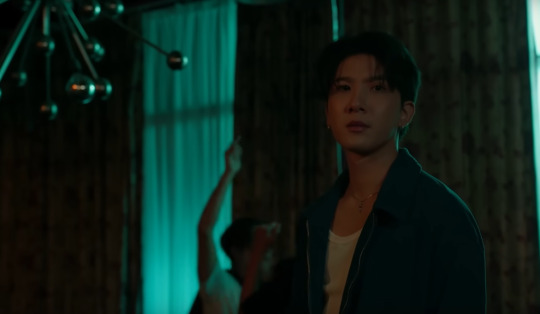
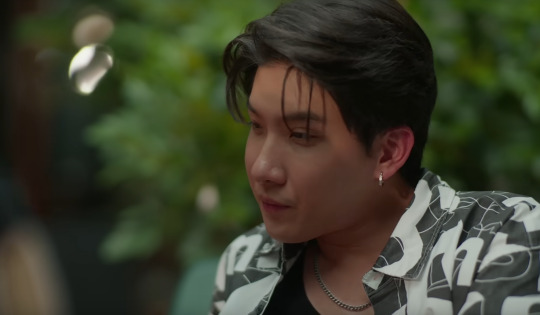
Which is why I like it when Ray is with Sand because my little Ray of sunshine thrives. Even in the darkness, his skin is glowing!
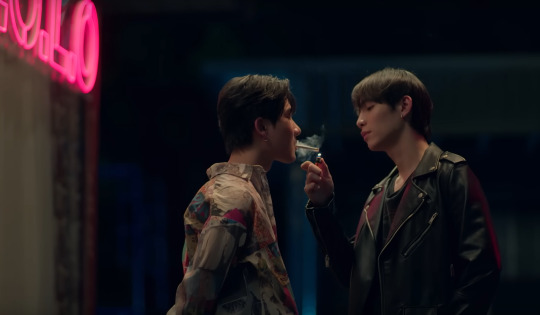

The car ride the first night when Sand stopped him from driving drunk? Angelic like the heavens are shining on him! *bites knuckles*
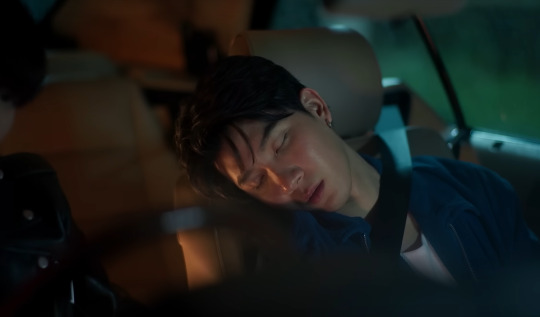
But then again, that's how we were introduced to the boys in class. The spotlight was on Mew, Ray was in his shadow, and Boston was in the dark. (Chuem, you're doing great, hon!)

So you telling me that Mew, once again, gets to be in the warm light, while my visually stunning man who has never done a bad thing in his life (except, you know, the laundry list of bad shit he has done) gets the cool light even though they are IN THE SAME APARTMENT . . .

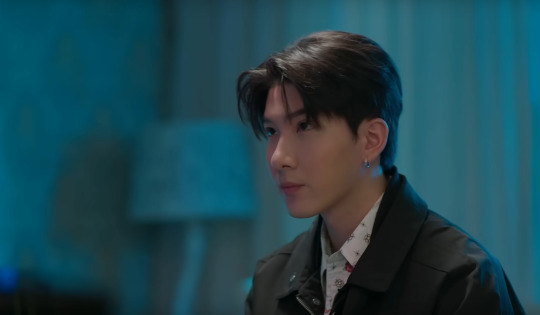
*takes a deep breath* It tracks.
But I'm glad that Mew stepped into the cool light with Ray as Ray apologized.

Because they are friends, and Mew has proven that although he can't give Ray light, he is willing to share some of Ray's darkness.

Which tells me that it isn't really Mew stealing light from Ray



But instead, Ray needs to step out into the light and embrace the warmth that others openly give him.
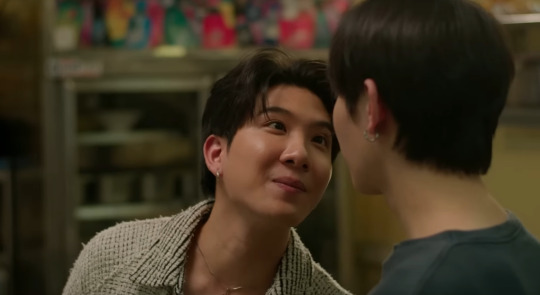
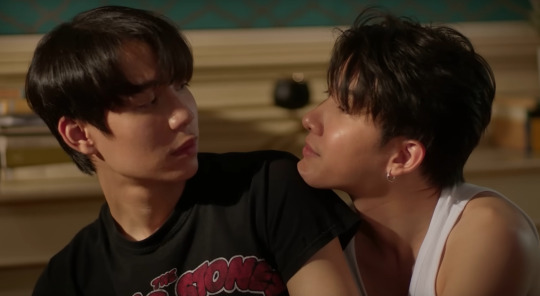
So I'm very proud of you for noticing this, and know that I'm really rooting for Ray realizing how good Sand is for his skin, I mean heart . . . no, I mean skin, so I can continue to enjoy the radiant being that is Khaotung when he gets that good lighting.

Thanks for the ask, and I'll try not to get entranced by Khaotung's flawless features, so I can notice cool visuals like you.
Wish me luck!
#only friends#only friends the series#ray is living in the shadows#when he should be out in the sun#the colors mean things#and they mean my boy needs Sand to shine!
162 notes
·
View notes
Text
𝔱𝔥𝔢 𝔞𝔰𝔱𝔯𝔬𝔩𝔬𝔤𝔶 𝔬𝔣 𝔱𝔥𝔢 𝔟𝔦𝔤 𝔰𝔦𝔵 𝔰𝔲𝔭𝔢𝔯𝔪𝔬𝔡𝔢𝔩𝔰

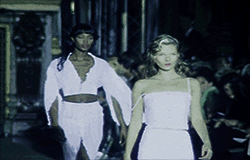

chart reading; four spots left!
intuitive readings still open
dm me for more info and follow for more content!

i've done research of all the big six supermodels and i'll list them down before i dissect which placements appeared the most!
in this post, i focus on signs, sign doms, planet doms, degrees and houses etc, i will not focus on asteroids.
now with the post ⬎
CHRISTY TURLINGTON ⬎
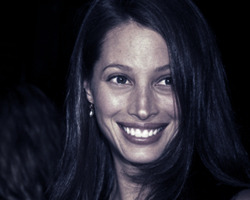
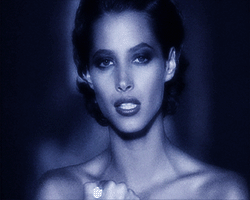
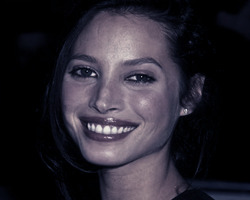
sagittarius ascendant 28°
capricorn sun 12° 1h
gemini moon 29° 7h
capricorn mercury 27° 1h
aquarius venus 27° 2h
scorpio mars 2° 10h
libra, capricorn and gemini dominant.
moon, jupiter and saturn dominant.
CINDY CRAWFORD ⬎
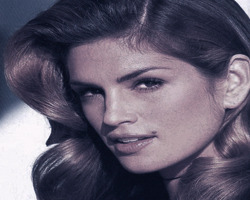
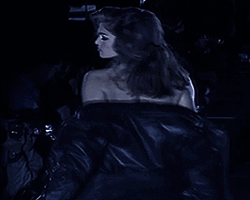
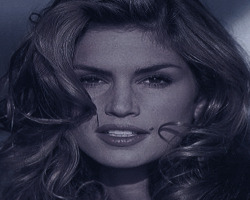
cancer ascendant 22°
pisces sun 1° 8h
pisces moon 8° 9h
pisces mercury 13° 9h
capricorn venus 28° 7h
pisces mars 16° 9h
pisces, cancer and capricorn dominant.
moon, mars and venus dominant.
CLAUDIA SCHIFFER ⬎
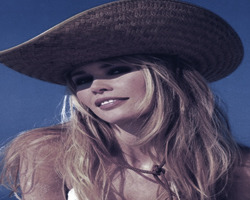


scorpio ascendant 10°
virgo sun 1° 10h
gemini moon 20° 8h
virgo mercury 26° 11h
libra venus 17° 11h
leo mars 24° 10h
virgo, scorpio and leo dominant.
mars, sun and pluto dominant.
KATE MOSS ⬎
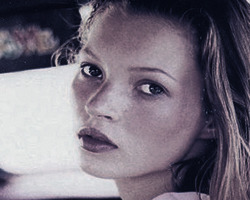
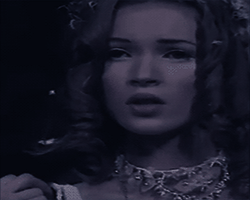

taurus ascendant 22°
capricorn sun 25° 9h
scorpio moon 10° 8h
aquarius mercury 0° 10h
aquarius venus 7° 10h
taurus mars 8° 12h
aquarius, capricorn and taurus dominant.
sun, venus and mercury dominant.
LINDA EVANGELISTA ⬎
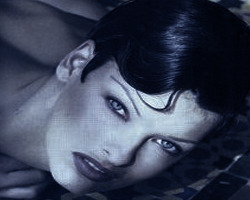

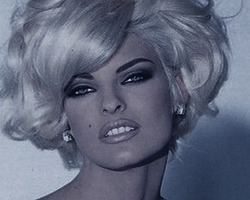
taurus sun 19°
virgo moon 20°
aries mercury 23°
taurus venus 27°
virgo mars 11°
virgo, taurus and aries dominant.
venus, saturn and moon dominant.
NOAMI CAMPBELL ⬎


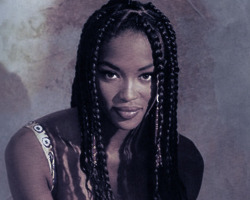
capricorn ascendant 22°
gemini sun 1° 4h
sagittarius moon 8° 10h
taurus mercury 13° 3h
gemini venus 28° 5h
gemini mars 16° 5h
gemini, sagittarius and taurus dominant.
neptune, sun and saturn dominant.
NOW ONTO THE DEEPER RESEARCH ⬎
♇ the ascendant that occurred the most was capricorn. however the element of the ascendant that appeared the most was earth and water. the modality of the ascendant that appeared the most was fixed and cardinal.
♇ the sun sign that occurred the most was virgo. but the element of the sun sign that appeared the most was earth and the modality that came up the most was mutable.
though the type of houses they appeared in the most was in cardinal/axis houses.
♇ the moon sign that appeared the most was gemini. the element of the moon sign that appeared the most were air and water. the modality of the moon sign that occurred the most was mutable.
and the type of houses they appeared the most in were mutable houses. specifically 6h and 9h.
♇ the mercury sign that appeared the most were all even, they were virgo, pisces, taurus, aries, capricorn and aquarius. the element that appeared the most was earth and the modality were all even as well. cardinal, fixed and mutable.
though, the type of houses they appeared in the most was the 10h; tied with mutable houses, but leaning onto 10h.
♇ the venus sign that occurred mostly was aquarius, the element that came the most in the research was air, the modality was fixed.
though the houses the venus planet appeared in the most was the 10h but also fixed houses.
♇ lastly, the mars sign that appeared the most was scattered, leo, pisces, scorpio, gemini, virgo and taurus. though the element that appeared the most was water and earth mars. and the modality that occurred the most was fixed.
and the houses the mars planet appeared the most was both the 10h and 12h, but with the other houses it seemed like mutable houses.
♇ the signs in the big six's natal charts that appeared the most was gemini, virgo, and capricorn, [taurus can be included], this is all in order.
♇ the degrees that appeared the most was the 27°, 29° and 0° [1 can be included], but aside from that, when i researched i noticed that all leo degrees appeared, especially in the venus planets.
♇ from the research i've done, i noticed that most of these big six models had 10h, 9h and 1h placements, all in order.
♇ the sign dominants that appeared the most is taurus, aries and gemini, in order.
♇ and the planetary dominants that occurred the most was sun, moon, venus and saturn, all in order.
♇ lastly the sign degrees that appeared the most was aries degrees, leo degrees, capricorn degrees and gemini degrees, all in order.

chart reading; four spots left!
intuitive readings still open
dm me for more info
masterlist
pluto
#christy turlington#sagittarius#capricorn#gemini#aquarius#scorpio#libra#moon#jupiter#saturn#cindy crawford#cancer#pisces#mars#venus#virgo#leo#sun#pluto#claudia schiffer#taurus#mercury#kate moss#aries#linda evangelista#neptune#naomi campbell#noami campbell
395 notes
·
View notes
Text


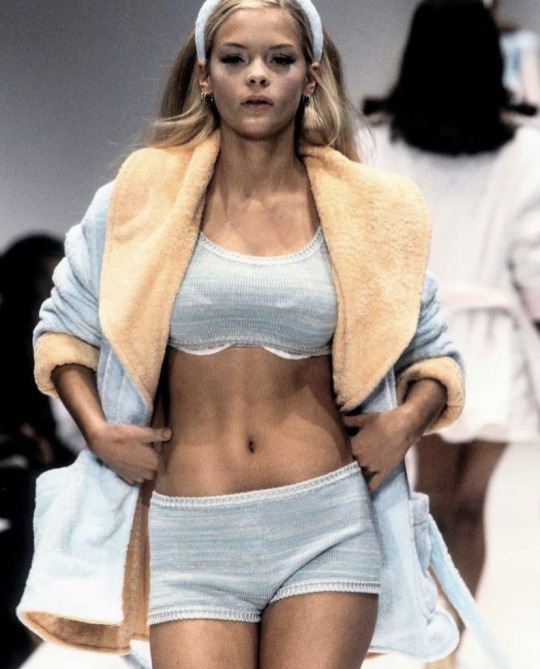

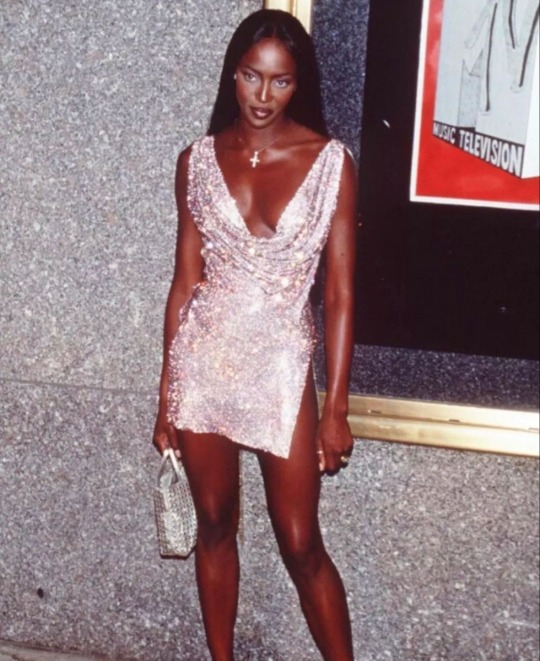

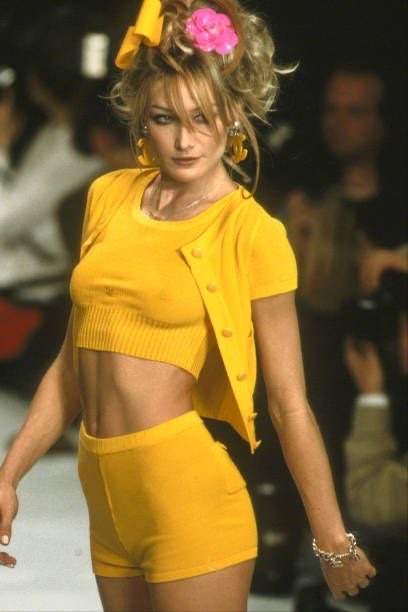


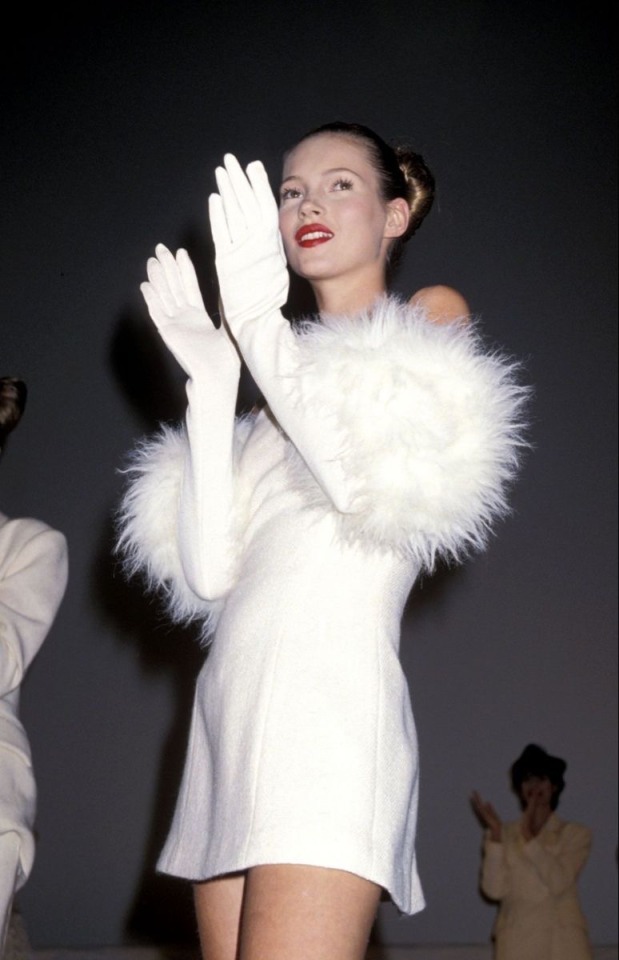
Modelling industry and astrology
So with astrology, we have the 12 houses which represent every area of our life now with modelling, there’s going to be a lot around the first house because the first house is our physical body and how we get through the world how we look how we all look different how some people are to how some people are short, how some people have significant features how others don’tI just think it’s a weird industry to get into start and I feel sorry for the women who are in it, many have met over the years that is designed for it, looking like a more child like body. That is why I added The last couple of slides with like the child like toy and the outfit.
See also the media want to the attention of men, and capture them are feeling the glaze of them of a woman, a woman who is irresistible, a woman who is unattainable a woman who other women feel they could never look like so he can be a very scary situation for young girls. You really really want to be in this position.
So if you have Neptune or Venus in your first house in a Pisces house, it’s going to be delicate features, beautiful delicate features that are very slight and great for the modelling industry as they capture pictures as well with their delicate features rather than other people who have more defined features different kind of modelling, different kind of industry, different kind of brand With Versace. Maybe they want to stand out more with Jah Vinci maybe it’s a bit different, and then you get someone who has Venus in their first house, you’re gonna have someone who’s got a classic kind of beauty if it is in libra or Taurus is in its home sign, but let’s do something different here let’s say you have your first house in Leo and you’re Leo rising but your Venus is in Leo too. Then you might have really beautiful hair and they might really wanna show off your hair as your classic modelling feature and your best feature in the industry. Let’s say you have Neptune in the first house but it’s in Aries you might have a really beautiful unusual shaped head, but it gives off really gorgeous. Looks all the school might be larger.
save it to one feature if I’m very attractive if it is Neptune in your first house whatever hours have been these people have really beautiful spiritual look to them and they are classically beautiful but also unusually beautiful all at the same time. Marilyn mum I had this placement, and she had this dreamy Neptune and look in her eye. Courtney Love had it and she had a very raspy voice and a very girly way of dressing that was almost coquette, some degree you could say, Gwen Stefani has it has this placement, and she has her own brand as well, and she’s very good at rebranding herself and do different things and different errors and she’s able to do that really well river Phoenix also had this placement and he gave off a really good dreamy appearance. He looked like Kurt Cobain they look like each other and they sadly died around the sort of same eras, now let’s say you have somebody who has Uranus in the first house you’re gonna have someone who has an unusual feature that may be attracted to some people but not others so they may have a slightly larger nose. They might have a rather tall frame, it’s gonna be something a bit awkward about it maybe depending what sign it’s in also so let’s say that’s in Taurus they could have a really large thick neck or they could have a really long elegant neck astrology of like it’s how you see it, it’s how you put it together it’s like a puzzle and it doesn’t have to be how it looks at a first glance.
We have our 90s supermodels
Naomi Campbell Gemini, son, Gemini Capricorn, rising
Kate Moss, Capricorn, Sun Scorpio, moon, and Leo rising
Linda Evangelista Virgo son with a Taurus moon, and she had problems with her neck Taurus Wenk, with the cool shaping
Cindy Crawford, Pisces,sun pisces, moon, cancer, rising
Claudia Sheffer, Virgo,sun 🌞 Gemini, moon, Scorpio, rising
Christie Turlington  Capricorn, sun Gemini, moon, Sagittarius, rising
#astro observations#astro community#90s supermodels#beautiful model#90s#astrology#astrology observations#pisces#aquarius#fypage
85 notes
·
View notes
Note
Hi! okay i would quite literally inject your writing into my veins if i could, but i wanted to ask you if you have book recommendations, because you just have this incredible way with words and metaphors and UGH. your writing is indescribable, its so visceral and reverent. I genuinely dont have the vocabulary to describe it, im so serious.
so, in that, i would love to know all of your books recommendations, because you seem like someone with incredible taste. (and i mean all, shit you loved, books you hated. anything and everything!)
thank you for gracing the world with your talent <3
ahhh, thanks!!! admittedly, i'm not as well-read as i'd like to be, but i've been trying to branch out since i gravitate more toward poetry, nonfic mythology, essays, and memoirs over novels most of the time. but these are some of the things i've read in the last few months/picked up recently or that stuck with me the most:
Things Fall Apart by Chinua Achebe (cheating here because i've read this eight times now but ahhh i could not recommend Achebe more. poetry, essays, novels. read everything. read it all.)
In the Dream House by Carmen Maria Machado
How to Say Babylon by Safiya Sinclair
Tender Is the Flesh by Agustina Bazterrica
My Heart is a Chainsaw by Stephen Graham Jones
The Reformatory by Tananarive Due
Moon of the Crusted Snow by Waubgeshig Rice
The Innocents by Michael Crummey
Crying in H Mart by Michelle Zauner
Banyan Moon by Thao Thai
Some People Need Killing by Patricia Evangelista
i think every rec list includes the classics so i tried to avoid adding them, but i also suggest: Battle Royale (Koshun Takami), Half of a Yellow Sun (Chimamanda Ngozi Adichie), Kitchen (Banana Yoshimoto), the Xenogenesis Trilogy (Octavia E. Butler), No Longer Human by Osamu Dazai (among others).
#if you read any of these or have read them#def tell me what you think!!!#a lot of them deal with pretty intense topics so def read the synopsis if you decide to read them#but all are so brilliant
45 notes
·
View notes
Text

“In a transversung multiverse, what If a deja vu was the moment a singular reality splits into two different dimensional possibilities due to a change of rate?
What if change gives birth to new Universes?
What if the universe is expanding because our dimensions are constantly splitting, and multiplying?” — Indya Moore via Instagram.
#indya moore#pose#pose fx#poseonfx#pose on fx#pose cast#lgbtq#house of evangelista#fxnetworks#fx networks#fx pose#angel evangelista
27 notes
·
View notes
Text
Some of my favourite runway shows
Here are some of my favourite fashion shows, I'd really recommend giving them a watch or reading up on any that interest you. Please feel free to tell me about some of your personal favourite fashion shows!


Versace, autumn/winter 1991. To me, this show is timeless. Not only does it feature some beautiful pieces, but it also has what I'd consider one of the most iconic moments in fashion history. Naomi Campbell, Christy Turlington, Linda Evangelista, and Cindy Crawford walking arm in arm and lip-synching is runway perfection and made the girls real supermodels.
Victoria's Secret Fashion show, 2013. This show is so ridiculously fun and over the top! I love the angel's looks and everything about the show feels so carefully planned and enjoyable. Taylor Swift's performance is also definitely a highlight.
Christian Dior, autumn/winter 2007. Honestly, this show is so beautiful. It was held at Marie-Antionette's former home and the models all look incredible. The outfits are so pretty and over the top and the whole theme of the show comes through perfectly.
Chanel, spring/summer 2019. This show brought Chanel back to its roots of being a fashion house focused on functionality and chic fashion. The runway itself is beyond iconic and I love a summer/beach theme. While some of the clothing feels a little too logo-centric for my taste, there still are some incredible pieces.
Yohji yamamoto, spring 1999. One of the most beautiful bridal collection. The use of colour is so simple and so exquisite, the pieces falling is incredible. This show is incredible.
Michael Kors, spring 2017. This show has an incredible casting and such fun, upbeat clothing! The live orchestra adds such a lovely touch as well, making this an enjoyable watch.
Alexander McQueen, spring 2005. This fashion show is so beautiful. The chess game theme is so interesting and unique, the outfits and colours are gorgeous and the whole show is so engaging and magical.
Givenchy, spring 2016. The staging is iconic and so dramatic, this collection embodies what Riccardo's past vision was. The show was held at sunset and the impact is incredible. The fashion is stunning and impactful and this was such a brilliant show.

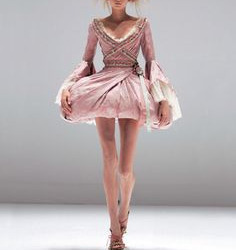
All my love, mj.
#glow up era#that girl#glow up#self care#self development#self love#glow up journey#it girl#fashion model#fashion#style#versace#victorias secret#victorias secet model#christian dior#dior#chanel#micheal kors#alexander mcqueen#givenchy#it girl aesthetic#coquette#girl blogger#girlblogging
50 notes
·
View notes
Text
Countries that are no more: Republic of Venice (697AD-1797AD)
The first in a series I hope to feature on providing high level overviews of countries that existed and were influential to history or obscure and lost to most memory in time. The first up is the Republic of Venice.
Name: Serenisma Republega de Venesia (Venetian). In English this translates to the state's official name The Most Serene Republic of Venice. Also referred to as the Venetian Republic, Republic of Venice or just Venice.
Language: The official languages were the Romance languages of Latin, Venetian & later Italian. The regional dialect of Vulgar Latin in Northeastern Italy known as Veneto was the original language of Venice. This evolved in Venetian which was attested to as a distinct language as early as the 13th century AD. Venetian became the official language and lingua franca of the everyday Venetians and across parts of the Mediterranean although Latin would still be used in official documents and religious functions. Overtime, modern Italian was spoken in Venice though the Venetian language remains technically a separate language in Italy's Veneto region and the surrounding areas to this day.
Minority languages across the republic's territory included various Romance languages such as Lombard, Friulian, Ladin, Dalmatian and non-romance languages such as Albanian, Greek & Serbo-Croatian.
Territory: The republic was centered on the city of Venice founded in the Venetian lagoon on the north end of the Adriatic Sea to the northeast coast of the Italian peninsula. It also included the surrounding regions of mainland northeast Italy in the regions of Veneto and Friuli and parts of Lombardy. This became known as the terraferma or the mainland holdings of the republic. It also possessed overseas holdings in modern day Croatia, Slovenia, Montenegro, Albania, Greece & Cyprus.
Symbols & Mottos: The main symbol of Venice was its flag which had the famed Winged Lion of St. Mark. This represented the republic's patron saint, St. Mark. Mark the Evangelist after whom the Gospel of Mark in the New Testament in the Bible is named. Mark's body and holy relics were taken by Venice and said to be housed in the Basilica di San Marco (St. Mark's Basilica) in Venice itself. Variations of this flag differed during times of peace & war. During peace the winged lion is seen holding an open book and during war flags depicted the lion with its paw upon a bible and an upright sword held in another paw.
The republic's motto in Latin was "Pax tibi Marce, evangelista meus" or in English "Peace be to you Mark, my evangelist."
Religion: Roman Catholicism was the official religion of the state but Venice did have minorities of Eastern Orthodox & Protestant (usually foreign) Christian denominations at times in its territory and it also had small populations of Jews and Muslims to be found in Greek and Albanian territories during the wars with the Ottoman Empire.
Currency: Venetian ducat and later the Venetian lira.
Population: Though population varied overtime for the republic due to a variety of factors such as war & changing territory and disease & its subsequent effects. There was rough population recorded of 2.3 million people across all of its holdings in the mid sixteenth century (circa 1550-1560). The vast majority of its population was found in the terraferma of northern Italy and the city of Venice itself with its concentrated population on the islands within the Venetian Lagoon. The Greek island of Crete and the island of (Greek speaking) Cyprus were the most populous overseas possessions of the republic's territory. The rest of the population was found its various holdings in the Balkans mostly along the Adriatic coastline.
Government: The republic followed a complex mixed model of government. Essentially it could be characterized as a mixed parliamentary constitutional republic with a mercantile oligarchy ruling over it in practice. It had no formal written constitution, and this led to a degree of evolution without exactly defined roles often in reaction to happenings in its history. The resulting government became more complex overtime as institutions became increasingly fragmented in their size, scope and duties, some almost obsolete but still retained and others not fully defined. Yet, the republic managed to function quite well for most of its history. It incorporated elements of oligarchy, monarchy & limited democracy.
It's head of state and government was known as the Doge which is akin to the term of Duke. Though this similarity of name ends there. The Doge was neither similar to a duke in the modern sense nor was it meant as a hereditary position. The doge was rather a lifetime appointment much like the Pope for the Roman Catholic Church. Furthermore, doges were elected by the ruling elite of Venice, namely its wealthy oligarchy merchant class. The doge didn't have well defined & precise powers throughout the republic's 1,100-year history. It varied from great autocracy in the early parts of the republic to increasing regulation and restriction by the late 13th century onward. Though the doge always maintained a symbolic and ceremonial role throughout the republic's history. Some doges were forcibly removed from power and post-1268 until a new doge could be elected, the republic's rule transferred to the most senior ducal counsellor with the style of "vicedoge". After a doge's death following a commission was formed to study the doge's life and review it for moral and ethical transgressions and placed judgment upon him posthumously. If the commission found the deceased doge to have transgressed, his estate could be found liable and subject to fines. The doge was given plenty of ceremonial roles such as heading the symbolic marriage of Venice to the sea by casting a marriage ring into the sea from the doge's barge (similar to a royal yacht). Additionally, the doge was treated in foreign relations akin to a prince. It's titles and styles include "My Lord the Doge", "Most Serene Prince" and "His Serenity". The doge resided in the ducal palace (Palazzo Ducale) or Doge's Palace on the lagoonfront in Venice next St. Mark's Basilica and St. Mark's Square.
While the doge remained the symbolic and nominal head of the government, the oligarchy remained supreme overall. The supreme political organ was the 480-member Great Council. This assembly elected many of the office holders within the republic (including the doge) and the various senior councils tasked with administration, passing laws and judicial oversight. The Great Council's membership post 1297 was restricted to an inheritance by members of the patrician elite of the city of Venice's most noble families recorded in the famed Golden Book. This was divided between the old houses of the republic's earliest days and newer mercantile families if their fortunes should attain them property ownership and wealth. These families usually ranged between 20-30 total. They were socially forbidden from marrying outside their class & usually intermarried for political and economic reasons. Their economic concerns were chief to the whole of the republic and most centered on Eurasian & African trade throughout the Mediterranean Sea's basin. Members of these families served in the military and eventually rose to prominent positions of administration throughout the republic.
The Great Council overtime circumscribed the doge's power by creating councils devoted to oversight of the doge or executive and administrative functions (similar to modern executive cabinets or departments) whereas the doge became more and more a ceremonial role. The also created a senate which handled daily legislation. They also created a Council of Ten set to have authority over all government action. Other bodies were formed from this Great Council and others overtime. This resulted in intricate and overlapping yet separate bodies which found themselves subject to limitations with various checks on virtually each other's power. Essentially running as committees or sub-committees with checks on another committee's powers. These bodies weren't always completely defined in their scope and overtime their complexity led to battles to limit other's power (with limited success) along with gradual obsolescence and sometimes slow grinding administration.
Military: The military of Venice consisted of a relatively small army and a powerful navy. The famed Venetian Arsenal in Venice proper was essentially a complex of armories and shipyards to build and arm Venice's navy. The arsenal in Venice has the capacity to mass produce ships and weapons in the Middle Ages, centuries before the Industrial Revolution allowed for modern mass production in economic and military applications. Venice's military was designed towards protecting it possessions both in Italy and its overseas territories. The primary concern was to secure Venice's trade routes to the rest of Europe as well as Asia & Africa. It faced opponents' overtime ranging from the Franks, the Byzantine Empire, Bulgarians to other Italian city-states, France, Austria, the Ottoman Empire and Barbary Corsairs along with European pirates in the Adriatic and Mediterranean. It played key roles as a naval transport in other powers including throughout the Crusades. It also played a key role in the infamous Fourth Crusade which culminated in the Sack of Constantinople in 1204 AD, an event which fractured the Byzantine Empire into a half-century of civil war between successor states before a weakened revival in the mid 13th century. The Byzantine Empire would linger until the 15th century when the Ottoman Empire finally conquered its last remaining portions. Many attribute this loss to in part to its weakness still resulting from that 1204 sack lead by Venice. The Venetian military would exist until the republic's end when The French Republic's Army of Italy under Napoleon Bonaparte conquered the republic, a conquest in which the Venetians surrendered without a proper fight.
Economy: Venice's economy was based largely in trade. Namely control over the salt trade. Venice was to control salt (preservative of food) production and trade throughout the Mediterranean. It also traded in commodities associated with the salt trade routes to Eurasia and Africa. These commodities could include other foodstuffs (grains, meats & cheeses), textiles & glassware among other items.
Lifespan: 697AD-1797AD. Though the exact founding of Venice itself hasn't been determined. It is traditionally said to have taken place in the year 421 AD. At a time when Roman citizens in northeast Italy were escaping waves of Germanic & Hunnic barbarian invasions that contributed to the collapse of the Western Roman Empire. The going theory is that these Romans evaded barbarian attacks by building their homes in the Venetian Lagoon by hammering wood stakes to form a foundation which sunk into the muddy shallows and petrified. Upon which they built their homes and created a cityscape marked by streets and canals interlaced. Venice remained a community of fishermen and merchants and was nominally under the control of the surviving Eastern Roman Empire (Byzantine Empire). It avoided barbarians overrunning the land but also was removed enough from Constantinople that it was relatively autonomous and became strategically important as a port. Other islands in the lagoon also banded together with Venice in a loose confederation of sorts by the 6th and 7th centuries which increased economic productivity and security for the city. The first doge was said to have been elected in 697 AD under the name Paolo Lucio Anafesto, though there is dispute about his historicity. Anafesto supposedly ruled until 717 AD. This is traditionally regarded as the foundation of the Republic of Venice.
Venice's third doge was Orso Ipato who reigned from 726-737 and he is the first undisputed historically recorded doge whose existence was confirmed. Orso also known as Ursus was known to strengthen the city's navy and army to protect it from the Lombard Germanic invaders who had overrun and ruled Italy by that time. Though nominally part of the Byzantine Empire, by 803, the Byzantine Emperors are said to have recognized Venice's de-facto independence. Though this view is disputed somewhat, it nevertheless remained virtually independent until its collapse in 1797.
Venice also partook in the slave trade of non-Christian European populations from Eastern Europe and transferred them to North Africa, selling them to the Arab and Berber (Moors) of the Islamic world.
As the 9th century progressed, the Venetian navy secured the Adriatic and various trade routes by defeating Slavic and Muslim pirates in the region. The Venetians also went onto battle the Normans who settled in southern Italy and Sicily in the 11th century.
Venice provided naval transports for Crusaders from Western Europe starting with the successful First Crusade.
The High Middle Ages (1000AD-1350AD) saw the wealth and expansion Venice increase dramatically. However, over this period Venice gradually came into mixed relations with its former ruler the Byzantine Empire. The Byzantine Empire endured corruption, civil war and foreign invasion which saw it alternate between periods of waning power and restored power. Venice provided the Byzantines with an increased naval force when needed and many trading commodities. In exchange for this, Venice was granted trading rights within Byzantine territory and a place within the "Latin Quarter" for Western Europeans in Constantinople. The Byzantine populace though calling themselves "Romans" having taken on the political & cultural institutions of the Roman Empire which lived on in the East long after the Western half's collapse, were in fact mostly Greek by ethnicity, language and culture. Their religion was the Eastern Orthodox or Greek Orthodox branch of Christianity which was often at odds with Roman Catholics of Western Europe. Resentment at the religious and cultural differences along with the economic displacement the Venetians and other Italian merchants from Genoa & Pisa had caused in Constantinople's maritime & financial sectors contributed to the 1182 "Massacre of the Latins" in which the Byzantine Greek majority of the city rioted and slaughtered much of the 60,000 mostly Italian Catholics living within the city. Thousands were also sold into slavery to the Anatolian Seljuk Turks.
This event lingered in Venice's memory as its trade in the city was reduced for awhile. Though trade resumed between the Byzantines and the West again shortly thereafter, the event soured the perception of the Greeks to Western Europeans. This along with a subsequent power struggle for the throne of the Eastern Roman Emperor fell into Venice & Western Crusader's hands in 1202. Looking to originally ferry Western Crusaders to the Levant against the Islamic Ayyubid Sultanate of Egypt & Syria. Events transpired that devolved into Venice conspiring under its doge Enrico Dandalo along with other Western leaders and a Byzantine claimant to the throne that resulted in the first successful sacking of Constantinople in 1204. The city was ransacked, some Greek citizens murdered by the Crusaders & classical works of art destroyed or looted (most famously the four bronze horses of St. Marks in Venice) and politically, the Byzantine Empire would be temporarily fractured between competing Greek dynasties while the Crusaders along with Venice created the short-lived Latin Empire, which controlled Constantinople and its environs while Venice also acquired Greek territories which it was to hold for centuries. Venice also came into conflict with the Second Bulgarian Empire at this time as its support of the Latin Empire of Constantinople encroached on the Bulgarian's land. Eventually by the mid 13th century the Latin Empire (never fully stable) collapsed, and the Byzantine Empire was restored until the mid-15th century but forever weakened as a result of the 1204 sacking of its capital.
Venice reached trade deals with the Mongol Empire in 1221. As the century wore on, it also engaged its rival in Western Italy Genoa in some warfare.
The 14th century is generally regarded as Venice at its peak as it faced down Genoa in a number of battles and came to be the most dominant trading power in the Mediterranean, though it was impacted by the Black Death plague. Nevertheless, into the 15th and even 16th centuries, it partook in a number of wars which saw it gain territory on the Italian mainland, establishing its terraferma domain.
By the 16th late 15th and into the 16th century new threats had emerged such as the Turkish Ottoman Empire. The Ottoman capture of Constantinople in 1453 is seen as the end of the Middle Ages as the last political vestiges of the Roman Empire vanished from the world stage. However, a number of Byzantine Greeks escaped on Italian ships during the conquest of the city and others escaped Greece in subsequent years. These refugees brought with them artistic and cultural heritages that reemphasized the classical forms of Ancient Greece and Rome and lead to the Italian Rennaisance in art & other forms of culture. Ideas which emphasized humanism and spread to elsewhere in Europe overtime.
While there was a cultural flourishing in Venice and elsewhere due to the Rennaisance. There was also the first signs of economic and political decline as well from the 16th century onwards. The Ottoman dominance in the Eastern Mediterranean meant the traditional trade routes to the East were cut off by an often-hostile Muslim power. Additionally, other maritime powers in the West namely Spain & Portugal had recently begun exploring the continents of South & North America and in time France, England & the Netherlands would join in them. This decline in Eastern trade and the newfound trade routes dominated by other European states in the Americas and Asia (by way of rounding Africa) would render trade with Venice gradually obsolete. Venice would still maintain what trade it could in the Mediterranean, but it also focused on production and placed increasing importance on its Italian mainland possessions rather than just its declining position overseas in Greek territories, including the loss of Cyprus to the Ottomans in 1571. Though the Venetian navy with other Christian powers won the notable naval victory against the Ottomans in 1570 at Lepanto.
It was also involved in the Italian Wars between various rival city states and the power struggle between the Papacy, France and the Hapsburg realms of the Holy Roman Empire and Spain.
Other factors that impacted the declining trade in the 17th century included an inability to keep up in the textile trade elsewhere in Europe, closure of the spice trade to all but the Spanish, Dutch, Portuguese, French and English and the Thirty Years War (1618-1648) which impacted Venice's trade partners.
Ongoing wars including a 21-year siege of Crete by the Ottomans saw further losses. Although Venice partook in the Holy League headed by the Holy Roman Empire (under Hapsburg Austria) which saw some minor temporary gains from the Ottomans in southern Greece before losing them again in the early 18th century.
War and loss of overseas territories along with a stagnant economy was slightly offset by a somewhat strong position in northern Italy. Nevertheless, its maritime fleet was reduced to a mere shadow of its former glory and it found itself sandwiched still between Austria and France. Over the rest of the 18th century, economic stagnation and social stratification remained prevalent while Venice remained in a quiet peace. However, the French Revolution reignited war in Italy and while Venice remained neutral, it would soon get caught up in events.
The Austrians and the Piedmontese (Italian) allies were beaten by the French Republic's Army of Italy headed by an up-and-coming general named Napoleon Bonaparte. Bonaparte and the French army crossed the borders of northern Italy into Venetian neutral territory to pursue the Austrians. Eventually half of Venice's territory was occupied by France and the remainder of the mainland was occupied by Austria. By secret treaty the French and Austrians were to divide the territory between themselves (Venice was consulted in the matter). Bonaparte gave orders to Venetian doge Ludovico Manin to surrender the city to French occupation to which he abdicated his power. The republic's Major Council met one last time to officially declare an end to republic on May 12th, 1797, after 1,100 years. Venice was placed under a provisional government and ironically the French looted Venice stripping it of artworks to grace the Louvre Museum in Paris along with the Arc d'Triomphe, taking the famed four bronze horses of St. Mark's to adorn the triumphal arch in Paris, the very same horses Venice had confiscated from Constantinople in 1204. It was a symbolic end to the republic, the irony of which did not escape commentators at the time. Following Napoleonic France's final defeat in 1815 the horses were returned to Venice and St. Mark's where they remain today. Venice itself was given over to the Austrian Empire.
The Republic of Venice has a historical legacy in terms of its economic accomplishments through control of trade and its innovative mass production of ships, armaments & trade commodities. It also holds a political legacy worthy of study given it was a unique and enduring polity for 1,100 years. One that maintained a complex and at times chaotic form of government that still managed to function and endure for centuries.
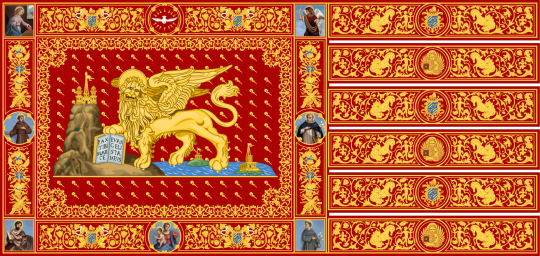
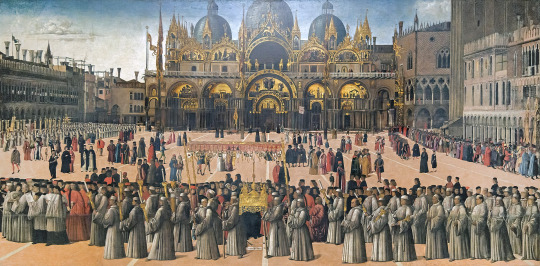
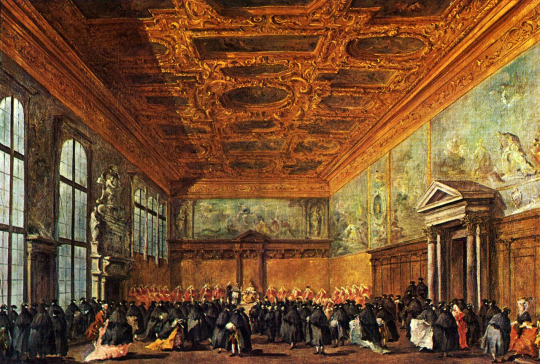

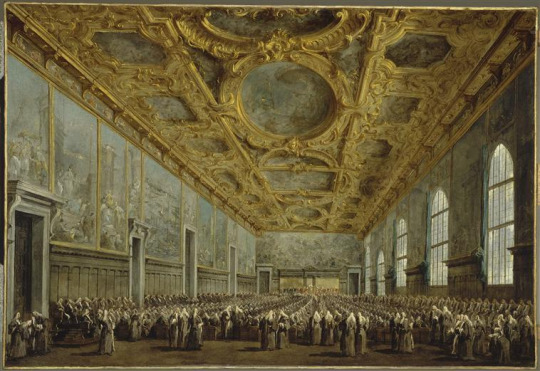
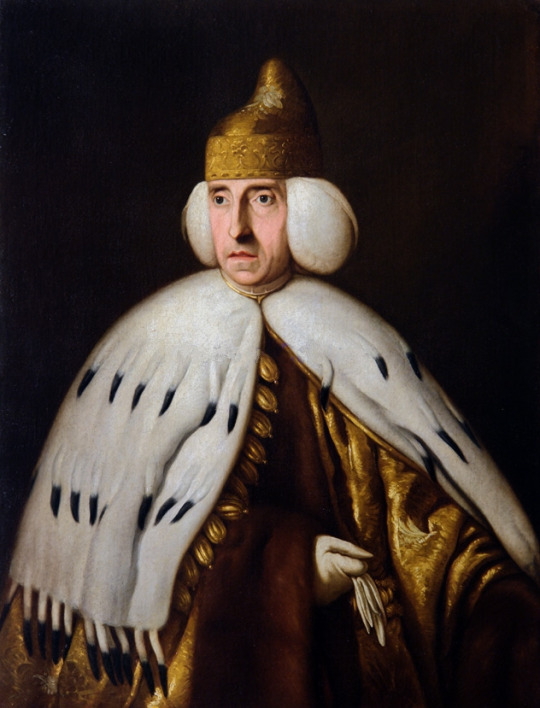
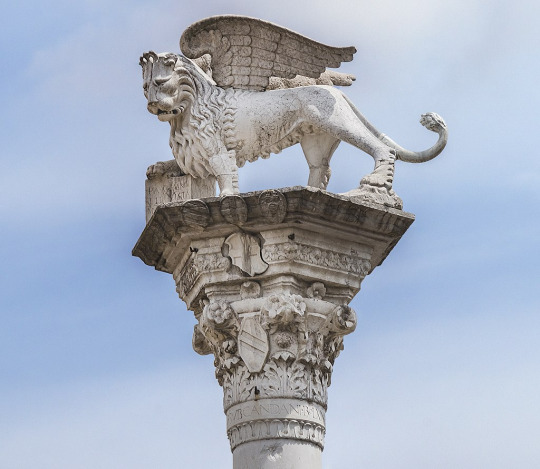

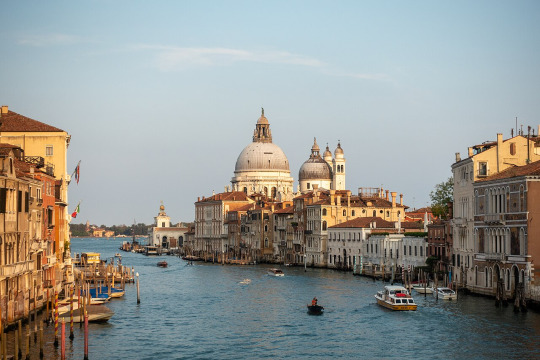

#military history#middle ages#venice#venetian republic#italy#politics#political history#trade#economics#governance#commerce#ottoman empire#spain#byzantine empire#napoleon#doge#republic
65 notes
·
View notes
Note
one shot in which Ramona and Scott are happily moved in together and Wallace still lives in his old apartment because his lease still isn’t up. Since living on his own, Wallace struggles with his alcoholism… without Scott being a moral compass (that’s a shocker, never would I think that Scott Pilgrim has the capability.) he kind of declines mentally and physically. Ramona has the great idea to let Wallace stay at her house while he gets himself together and start his journey to attempt to become clean, on one of his harder nights while Ramona is out, Wallace asks if Scott would sleep in the guest room and fluffy awkward feelings ensue. They eventually talk it out with Ramona and arrange an open relationship. The end. Standing ovation. Roses.
gorgeous beautiful linda evangelista
id say chapter three probs
#fanfiction#scott pilgram takes off#scollace#gay#scott pilgram vs the world#scott pilgrim#wallace wells#wwos
42 notes
·
View notes
Note
I came up with a name for the female version of Nico Di Angelo and need an expert opinion.
Gisella "Gia" Matalia Evangelista Di Angelo.
Gisella, - pledge, hostage. That's the name her nonno gave, Maria was not thrilled with the name.
Gia means hyacinth in Italian.
Matalia the form of the name Natalia means born at Christmas. her second name is inspired by my headcount that Nico was born literally during the Christmas celebration. Maria went into labor right during the banquet at her parents' house, even the midwives did not have time to come, Nico was born in just 40 minutes.
Evangelista Italianized variation of the name Evangeline, which means "herald bearing good news." Hades gave her this name, he was glad to learn about Maria's second pregnancy.
Oh how psych of Gia's nonno to give her the name meaning hostage, only to have her imprisoned by Twin Giants, in a Jar designed to hold even the god of War, nearly losing her life. Haha.
#how deranged you must be to name your grandchild that like wow#that's som batshit crazy foreshadowing#nico di angelo#female nico#fem nico#pjo
21 notes
·
View notes
Text
Venus signs as supermodels
Aries

Paulina Porizkova (19°): signed the most lucrative partnership in 1988, a $6 million deal with Estee Lauder for seven years, the first Central European woman to appear on the cover of the Sports Illustrated swimsuit issue
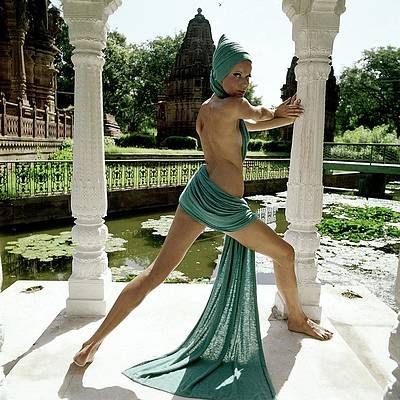
Vera Lehndorff (22°): known professionally as Veruschka, she is considered the "first German supermodel.

Alek Wek (10° R): began her modeling career in the mid-1990's, she became one of the most successful black model in the industry. She has been hailed for her influence on the perception of beauty in the fashion industry.
Taurus

Linda Evangelista (27°): been featured on over 700 magazine covers, Evangelista is primarily known for being the longtime "muse" of photographer Steven Meisel, as well as for the phrase: "We don't wake up for less than $10,000 a day." Described as the "chameleon" of the fashion industry, she was part of the "Trinity". Known by her nickname "The Linda".
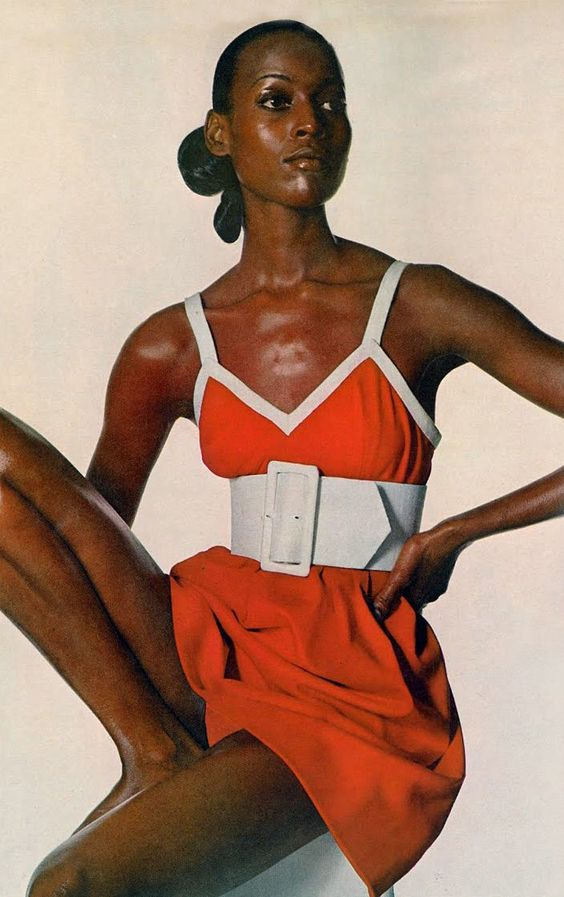
Naomi Sims (25° R): was the first African-American model to appear on the cover of Ladies' Home Journal, which occurred in November 1968, and is widely credited as being the first African-American supermodel.
Other supermodels: Carmen Dell'Orefice (16°), Jessica Stam (25°)
Gemini

Naomi Campbell (29°, V House): sleek, tall, chic, one of the reigning queens of jet-set supermodels, the first black female model to make the covers of both the British and French Vogue. She was part of the Trinity which also included Christy Turlington and Linda Evangelista.

Giselle Bündchen (19°, VI House): since 2001, she has been one of the highest-paid models in the world. Vogue credited her with ending the heroin chic era of modelling in 1999. In 2007, Claudia Schiffer called Bündchen the only remaining supermodel. She has appeared on more than 1,200 magazine covers.
Other supermodels: Joan Smalls (14°), Kimora Lee Simmons (24°), Heidi Klum (24°), Laetitia Casta (17°, IX House)
Cancer

Iman (7°): muse of the designers Gianni Versace, Thierry Mugler, Calvin Klein, Donna Karan and Yves Saint Laurent (who described her as "the dream woman").

Lisa Fonssagrives (4°): is widely credited with having been the first supermodel. She was reported as "the highest paid, highest praised, high fashion model in the business".
Other supermodels: Jourdan Dunn (16°, II House), Devon Aoki (25°)
Leo
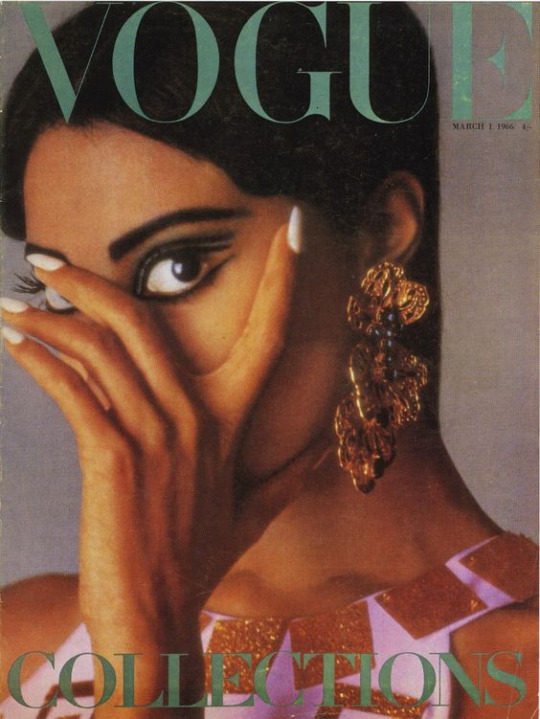
Donyale Luna (1°): the world’s first black supermodel; when she was 20 years old, Time magazine named 1966 as “The Luna Year,” describing the model as “a new heavenly body who, because of her striking singularity, promises to remain on high for many a season.”
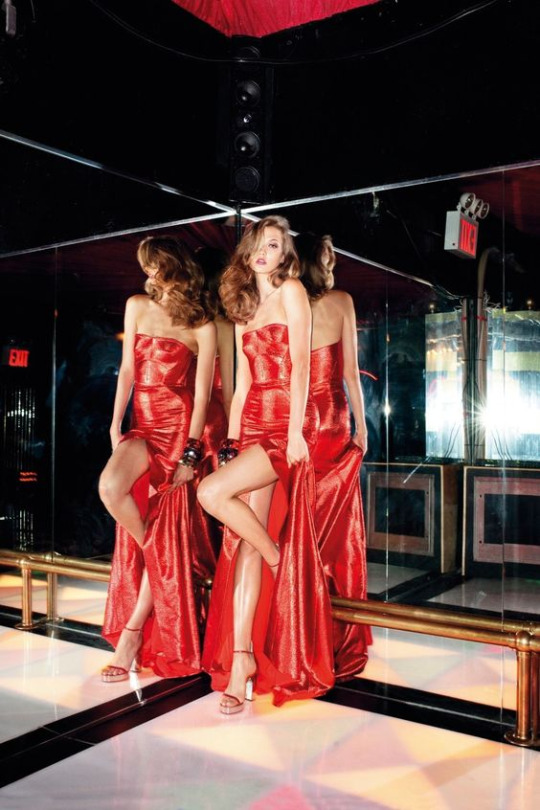
Karlie Kloss (25°, II House): Models.com has said that Kloss "represents the gold standard of modeling—a girl with the look, the poise, and the drive to take things to the next level", and she ranks on their "New Supers" and "Money Girl" lists. By 2019, she had appeared on 40 international Vogue covers.
Other supermodels: Anja Rubik (6°, VIII House), Stephanie Seymour (9°, XII House), Coco Rocha (3°)
Virgo

Ines de la Fressange (19°, IV House): the first model who had an exclusive contract with a fashion house, Chanel. After her decision to accept the deal with the French government to be a model for the national symbol of Marianne, she had an argument with her mentor at Chanel, Karl Lagerfeld who considered her his muse. She terminated the relationship with the fashion house and has gone on to design for Gaultier.

Bella Hadid (6°, XII House): she began her modeling career in 2014 and walked in major fashion show for designers such as Chanel, Dior, and Marc Jacobs.
Libra
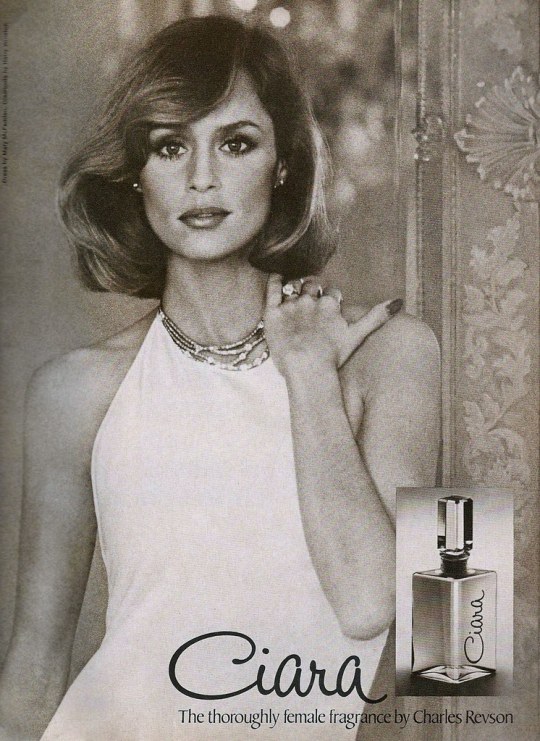
Lauren Hutton (8°, III House): signed a modeling contract with Revlon in 1973, which at the time was the biggest contract in the history of the modeling industry

Claudia Schiffer (17°, XI House): became the face of Guess, which gave her mainstream recognition. “In order to become a supermodel one must be on all the covers all over the world at the same time so that people can recognize the girls,” she once said. Appearing on more than 1,000 covers over the span of her career, Schiffer is listed in the Guinness Book of World Records as the model with the most magazine covers.

Beverly Peele (9° R): rose to fame in the late 1980s and 1990s, as a supermodel, appearing mostly in Mademoiselle and Elle magazine. She appeared on over 250 fashion magazine covers including Vogue and Harpers Bazar.
Scorpio

Twiggy (5°, IV House): with her expressive doe eyes, she was crowned “The Face of 1966,” voted British Woman of the Year, and found immediate fame all over the world.
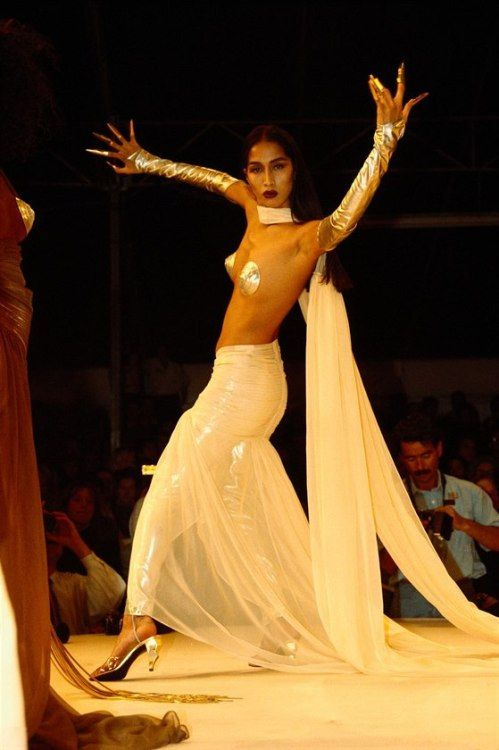
Anna Bayle (13°): became one of highest paid models in the late 70's. She has been described as being one of the first Asian supermodels (she's filipino). Bayle became known for her unique runway walk, which The New York Times described "as if she were crushing a cigarette butt with each step down the runway".
Other supermodels: Carla Bruni (19°, V House), Kristen McMenamy (23°), Milla Jovovich (12°, V House), Beverly Johnson (19°), Jean Shrimpton (10°, XII House)
Sagittarius
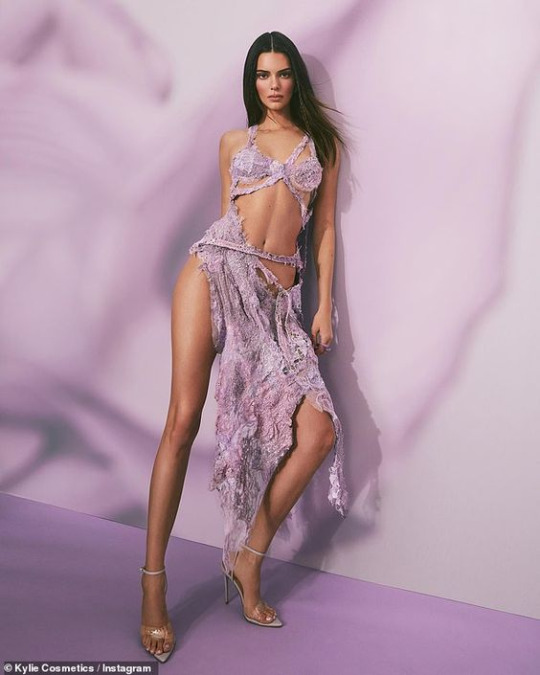
Kendall Jenner (0°, VIII House): her status as a supermodel is controversial. Jenner made her debut at No. 16 on Forbes magazine's 2015 list of top-earning models, with an estimated annual income of US$4 million. In 2017, Jenner was named the world's highest-paid model by Forbes, ousting model Gisele Bündchen, who had been leading the list for more than 14 years since 2002.
Capricorn

Tyra Banks (27°, VII House): the first black model to appear on the cover of a "Sports Illustrated" swimsuit issue and the first black woman to be featured on the cover of the "Victoria's Secret" catalog.

Cindy Crawford (28°, VII House): known for her trademark mole just above her lip. Her girl-next-door aesthetic was so in demand, she fronted nearly every campaign imaginable, from Calvin Klein to Pepsi.
Other supermodels: Amber Valletta (26° R), Irina Shayk (12°), Shalom Harlow (28°)
Aquarius

Barbara Goalen (23°, XI House): is considered the first British supermodel. With her striking features and wasp-waisted frame, she epitomised post-war glamour and modelled for both Dior and Balenciaga.
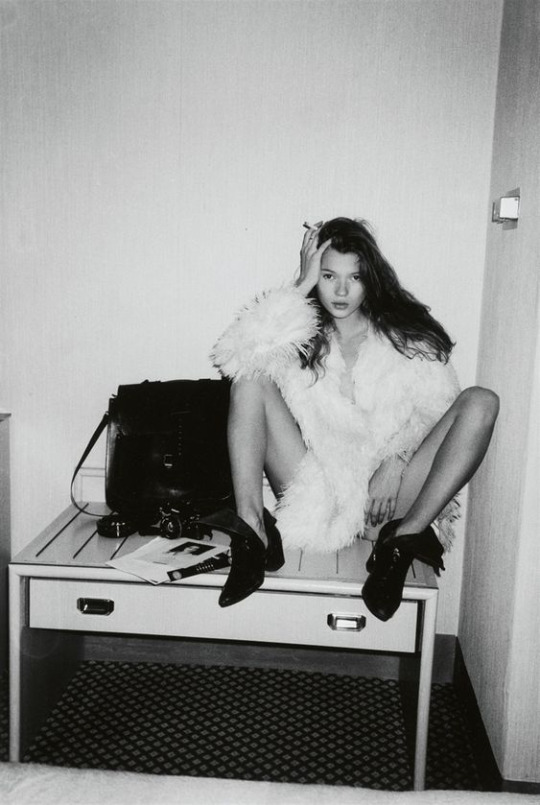
Kate Moss (7° R): rose to fame in the eary 90's as part of the heroin chic fashion trend. She is known for her waifish figure and role in side zero faschion. She has inspired cultural depiction including a 18 carat gold statue of her, sculpted in 2008 for a British Museum exhibition. She was part of the 'Big 6' together with Naomi Campbell, Christy Turlington, Linda Evangelista, Cindy Crawford, and Claudia Schiffer.
Other supermodels: Christy Turlington (27°, II House), Tatjana Patitz (18°), Yasmeen Ghauri (23°), Helena Christensen (17°, IV House), FeiFei Sun (21°)
Pisces

Liu Wen (14°): in 2012, The New York Times dubbed her "China’s first bona fide supermodel". She is the first Chinese model to walk the Victoria's Secret Fashion Show, the first East Asian spokesmodel for Estée Lauder cosmetics, and the first Asian model to ever make Forbes magazine's annual highest-paid models list, the first to be featured on the front cover of Vogue, the first person of Chinese descent to appear three times on Vogue.
#aries venus#taurus venus#gemini venus#cancer venus#leo venus#virgo venus#libra venus#scorpio venus#sagittarius venus#capricorn venus#aquarius sun#pisces venus#fashion
145 notes
·
View notes